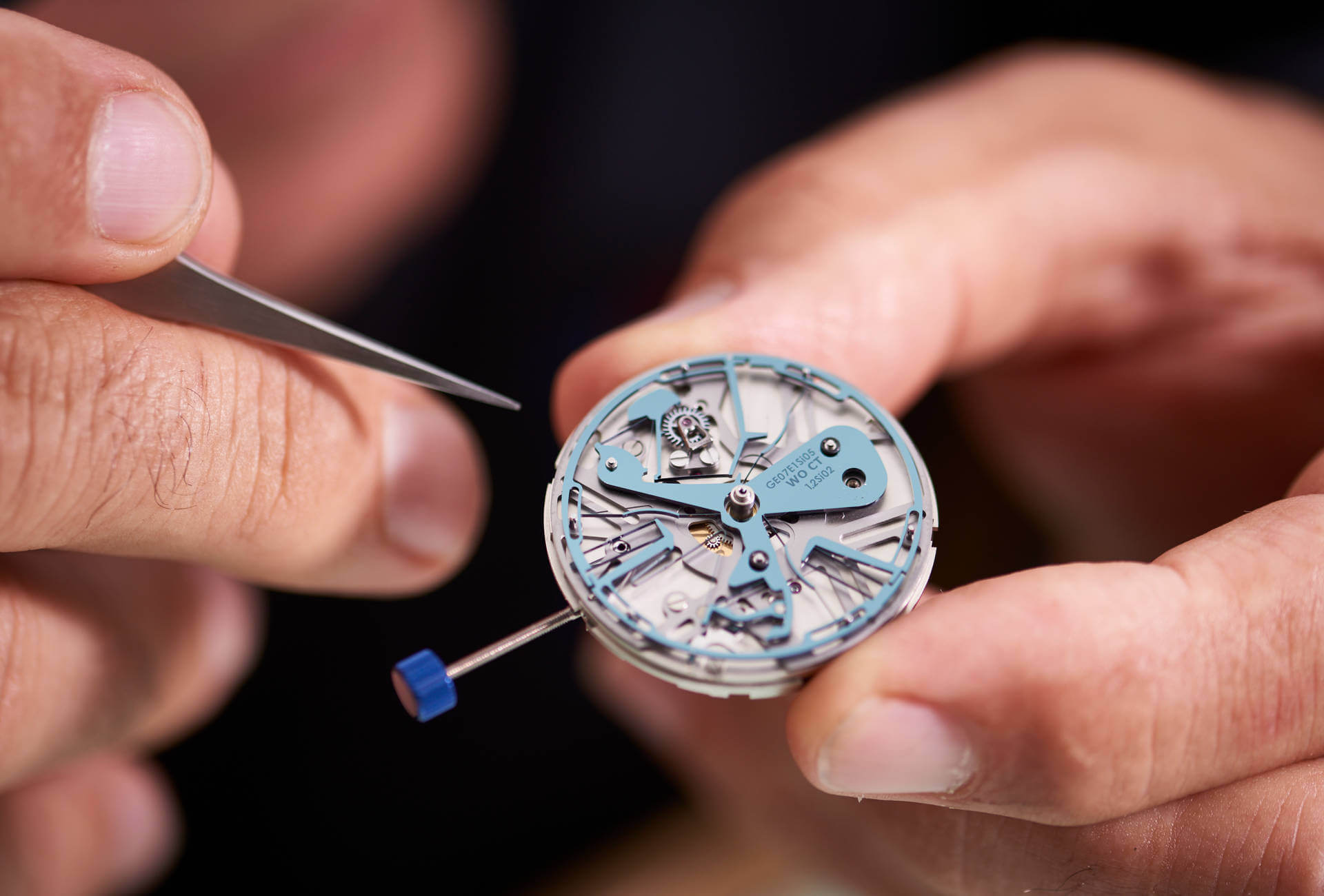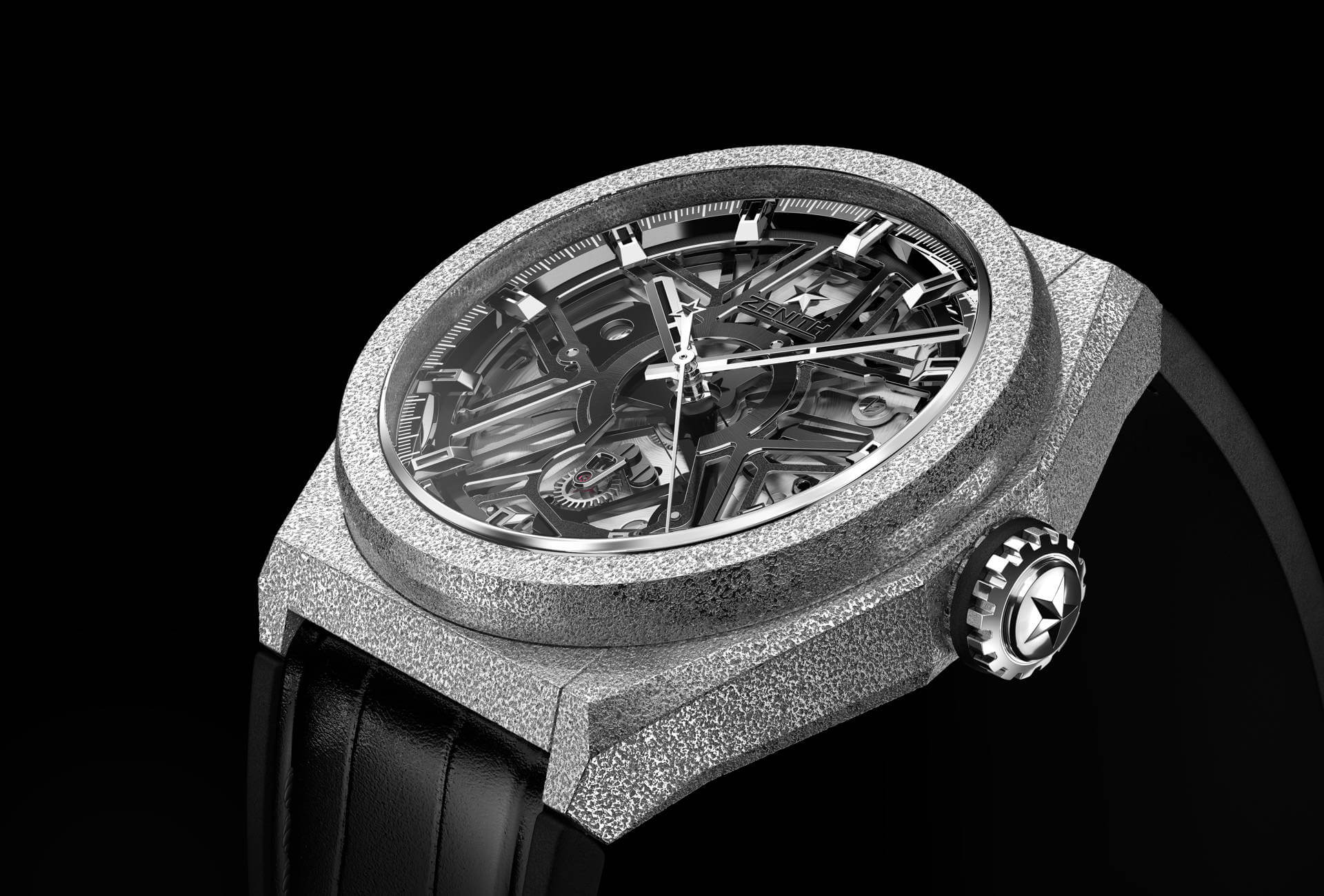It’s been the question on everyone’s lips these past few days. Is Zenith’s new oscillator all it’s cracked up to be? The 250-odd international journalists, collectors and fans of the brand who braved the autumnal chill of Vallée de Joux and the driving rain in Le Locle were about to be blinded by science as Zenith set out to convince them of the revolutionary nature of its latest prowess. Perfect in his role as master of ceremony was Aurel Bacs, Phillips auctioneer and saleroom star. In the role of mentor we had Jean-Claude Biver, President of LVMH’s watch division and CEO of TAG Heuer. Guy Sémon, CEO of the LVMH Science Institute, played the science genius, assisted by engineers with their well-rehearsed explanations. Not forgetting Julien Tornare, Zenith’s new Chief Executive. And in the front row, showing their support for the team, Ricardo Guadalupe, Hublot CEO, and the discreet but no less convinced star, Jack Heuer in person. All for one and one for all, the full team out in force to demonstrate the synergy of competencies within LVMH and to launch this “evolution and improvement on the balance and hairspring regulator invented in January 1675 by the scientist Christiaan Huygens.”
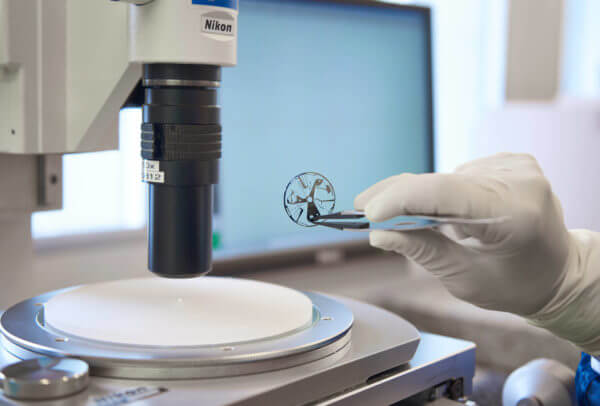
Superlative precision
So is this new oscillator really revolutionary? Revolution or evolution, words carry weight and should be chosen with care. One thing is for sure, nonetheless: the Defy Lab, which debuts this technical development, is the first mechanical watch to genuinely rethink the regulating principle that Huygens introduced with the balance and spring almost three and a half centuries ago. It’s groundbreaking in more ways than one, beginning with its construction as a single piece made from monocrystalline silicon. It measures just 0.5mm thick compared with the habitual 5mm. This monolithic element replaces the thirty-some components in a conventional regulator, hence its first advantage is that it requires no assembly, adjusting, controlling or lubrication. Next up, this new oscillator’s 15 Hz frequency gives timekeeping precision that is almost ten times greater than that required by COSC criteria. Furthermore, it maintains this precision for 95% of its power reserve of around 60 hours, whereas the precision of a conventional regulator declines after 24 hours. Lastly, it is insensitive to fluctuations in temperature, changes in position and magnetic fields. Therefore neither dilation nor deformation can diminish its three-times-certified precision – including the prestigious “viper’s head” chronometer certification from Besançon Observatory.
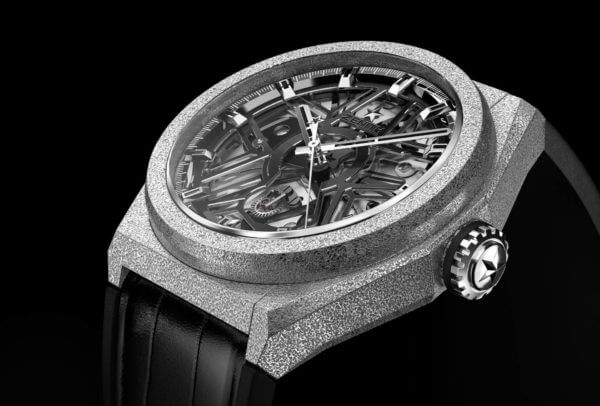
Past, present, future?
Such an emphatic demonstration by scientists eager to share their expertise leaves us in no doubt as to the significant increase in precision made possible by this rethinking of the balance-and-spring assembly that has regulated watches for the past 342 years. Technical breakthrough aside, however, we are left wondering what comes next. Obviously, Jean-Claude Biver and his padawan Julien Tornare are counting on the much-ballyhooed launch of the Defy Lab and its new oscillator to restore the aura from the grand old days when the legendary El Primero defied the laws of precision and chalked up a long list of chronometry prizes. But Jean-Claude Biver already has his sights set further, and wider. “In 42 years of business, I have never contributed to such a technology revolution,” he declared, before announcing that the ultimate objective is to equip every mechanical watch made at LVMH with this new technology. And that’s not all. “We intend this oscillator to become a reference for the entire industry. We want 80% to 90% of what we produce to be sold to watch brands. We have nothing to hide and everything to share.”
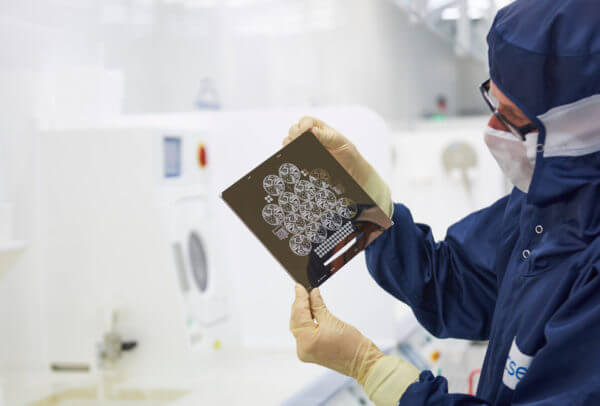
Spread the word
While Guy Sémon and his teams are working on ways to bring production costs down to the same level as for a traditional regulating organ, large-volume, serial production is already a reality. “We have the capacity to produce 300 oscillators in three hours. That’s a million a year,” states Biver. That’s quite an achievement and, provided the watch industry gets onboard, one that could considerably alter the qualities a mechanical watch offers in terms of precision. Where, though, does this leave the customer? How can the brand communicate on something as technical – and for mere mortals abstruse – as a new oscillator? Zenith is overdue a comeback, and for this to happen it will need to provide some clear explanations about both the technology and its performance. This is no small challenge and the teams at LVMH are already rolling up their sleeves. All for one and one for all.








